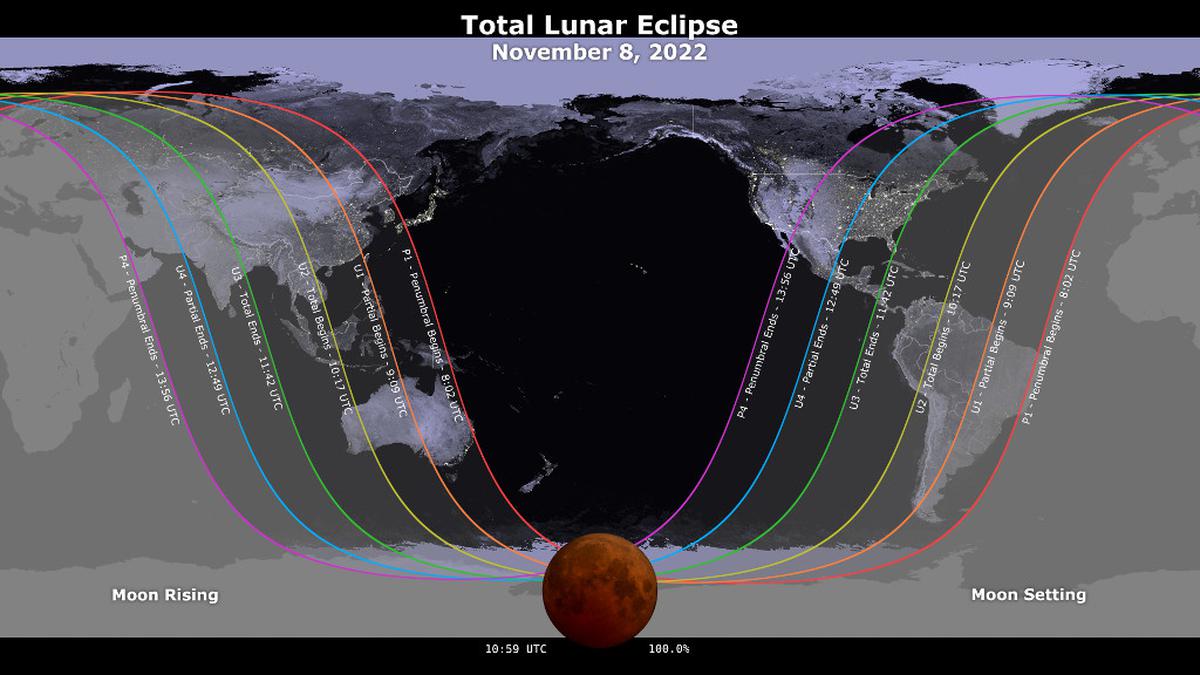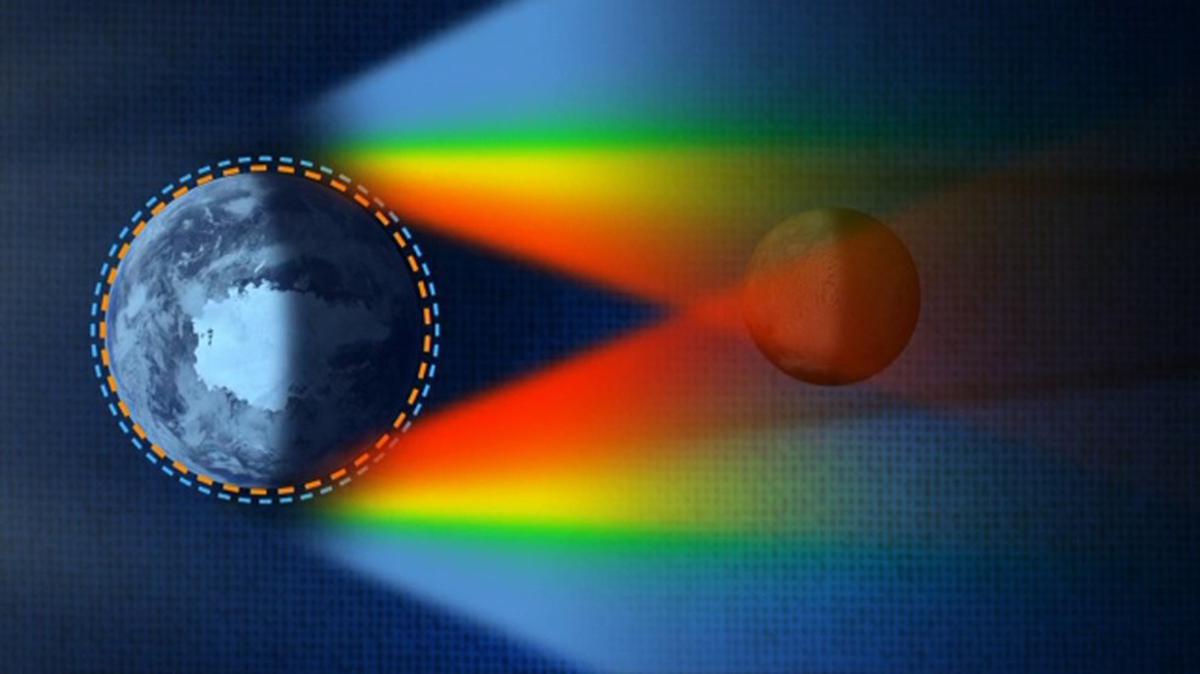What makes the 8th November Lunar Eclipse unique?

The next total lunar eclipse will occur after three years.
The next total lunar eclipse will occur after three years.
Close on the heels of the October 25 solar eclipse comes yet another astronomical event tomorrow, November 8, 2022. The total lunar eclipse will be the last of 2022 and will only occur again after three years.
The lunar eclipse will be visible from all parts of the country; however, the beginning of the partial and total phases of the eclipse will not be visible as the phenomenon will take place before moonrise. The ending of the total and partial phases of the eclipse will be visible in India.

A map showing where the November 8, 2022 lunar eclipse is visible. Contours mark the edge of the visibility region at eclipse contact times.
A total lunar eclipse happens when the Earth is positioned between the Sun and the moon and casts a shadow on the latter. The shadow is categorised into two parts—the umbra, the darkest shadow of the Earth that blocks out sunlight completely, and the penumbra, the outermost part of the shadow, where sunlight is blocked out only partially.
A lunar eclipse can only take place when the orbits of both the Earth and the moon are aligned, and the Sun and the moon are on opposite ends of the Earth.
Also Read | Lunar eclipse on November 8, will only be partially visible in Bengaluru
What is special about this lunar eclipse?
The lunar eclipse on November 8 is a blood moon — meaning the moon will have a reddish hue. This happens when the moon is within the umbra.
The moon takes on a reddish hue due to a phenomenon called Rayleigh scattering, which is the scattering of light by particles in a medium without a change in wavelength. This is also the reason why the sky appears blue.

(Image not to scale) Depiction of the scattering of sunlight by the Earth’s atmosphere during a lunar eclipse. Blue light scatters away, while longer-wavelength red, orange, and yellow light pass through, turning the moon red.
The moon turns red during the eclipse since the only sunlight reaching it is passing through Earth’s atmosphere. The sunlight scatters due to the dust or clouds in the atmosphere producing the red colour. The more particles in the atmosphere the stronger the colour will be, according to a NASA report.
The lunar eclipse will begin at 2.39 p.m. and the total eclipse will start at 3.46 p.m. The ending time of totality is 5.12 p.m. while the ending time of the eclipse is 6.19 p.m, according to the Ministry of Earth Science. The eclipse can be seen with the naked eye, though a pair of binoculars will enhance the view.
The next lunar eclipse will be visible from India on October 28, 2023.

